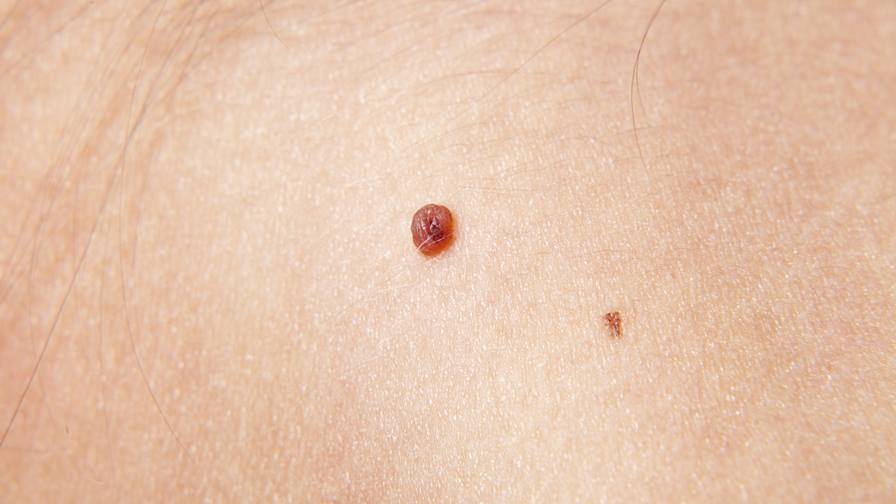Those wondering what the fleshy protrusion of skin on their body is since it does not hurt or itch may be happy to learn that it is likely to be a skin tag. In most cases, it will be the same as the skin color and of any shape and size. The medical word for this is “Acrochordon”. However, it is commonly known as a skin tag and appears in places where there are several skin folds. Some of the common places that it may appear in include underarms, neck, etc. This often occurs to several people as they grow old.
Skin tags are common, acquired benign skin growths that resemble a small, soft balloon suspended on a slender stalk. Skin tags are harmless growths that can vary in number from one to hundreds. Males and females are equally prone to developing skin tags. Obesity seems to be associated with skin tag development. Although some skin tags may fall off spontaneously, most persist once formed. It is either small, barely visible with the naked eye or can grow up to 5 millimeters in size and visibility.

What causes skin tags?
The precise cause of skin tags is unknown. This usually occurs in the fold to our skin like near underarms and neck. Hence, people who are obese are more likely to have them. Skin tag on those who are obese is also an early warning sign of having diabetes.
Skin tags have also been linked with abnormal metabolism of carbohydrates & lipids and high blood pressure. Pregnant women who are in their second trimester also often develop it due to one or the other reason. Those with an issue of high growth hormone in their pituitary gland of the brain also tend to develop this. A health condition known as Crohn’s disease is a chronic condition that also has such side effects. Besides which children with a skin disease, Gorlin syndrome also often have skin tags.
What are the risks?
They are not contagious and neither are painful. It may be a warning sign of a disease like diabetes or it can also be due to the fact that the person is obese. However, over a period of time, they do get strangulated and painful and become infected. In such a case, it is necessary to remove them. It is a good idea to consult a skin doctor in this case prior to making use of any antibiotic. The best option would be to trust the dermatologist to remove it.
How to remove skin tags?
Skin tags are benign tumors and any skin doctor can remove them without any hassle. However, it is not a good idea to remove it yourself. Some of the common methods people use to remove it themselves are by making use of a scissor. This can lead to acute bleeding, infection and is also painful. Some people also attempt to burn it. It is best to leave the removal of the skin tag to the experts at a dermatologist clinic.
Some of the common techniques for skin removal at a dermatologist include making use of sterile instruments to prevent infection. Additionally, they also use local anesthesia and means to prevent excessive bleeding. Another good reason to leave it to the experts is, even though 99% of the skin tags are benign, there is a faint chance that it isn’t. Skin doctors will always take a closer look at the skin tag by means of a microscope to detect if it is cancerous and suggest further treatment if necessary.

